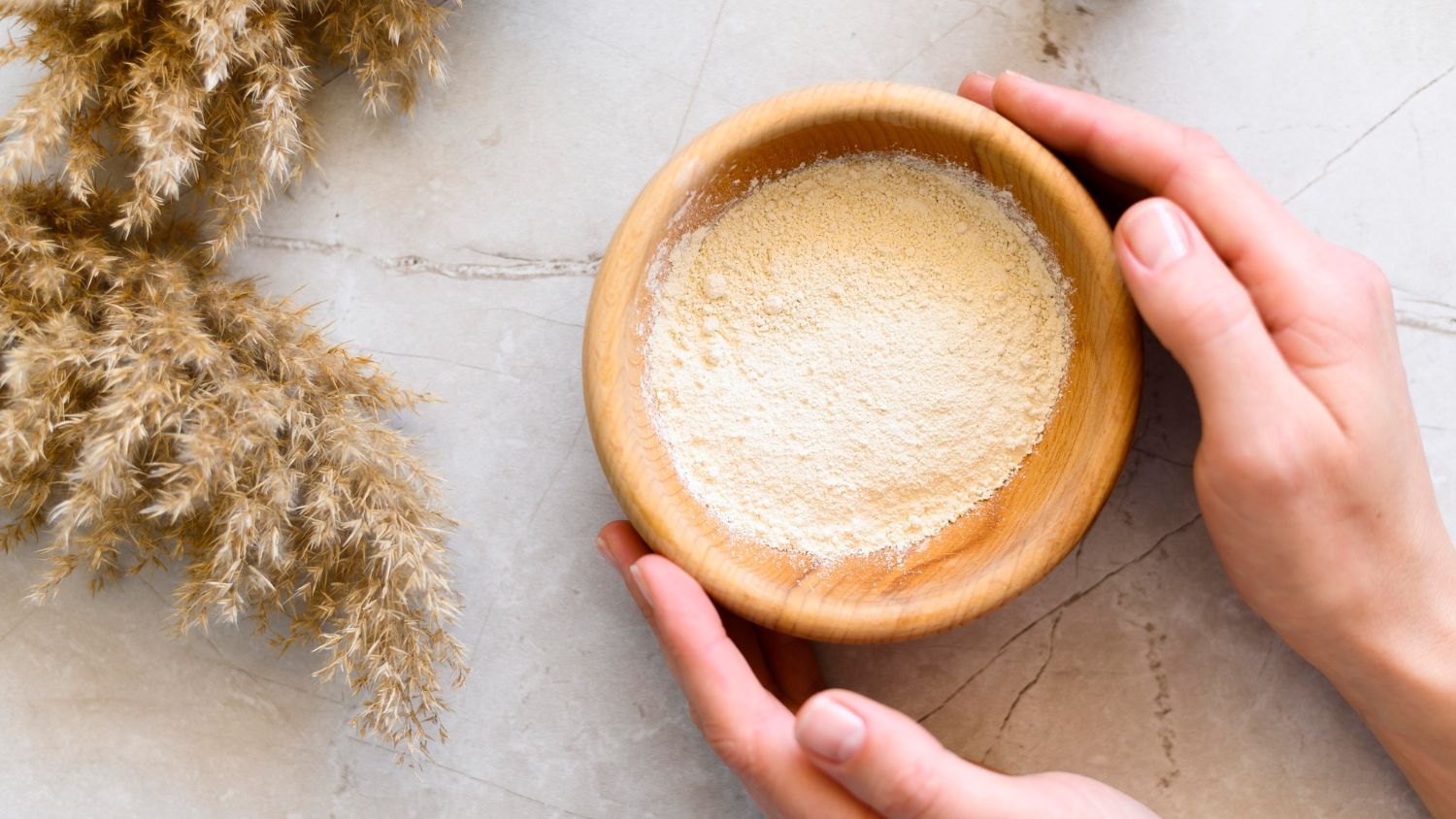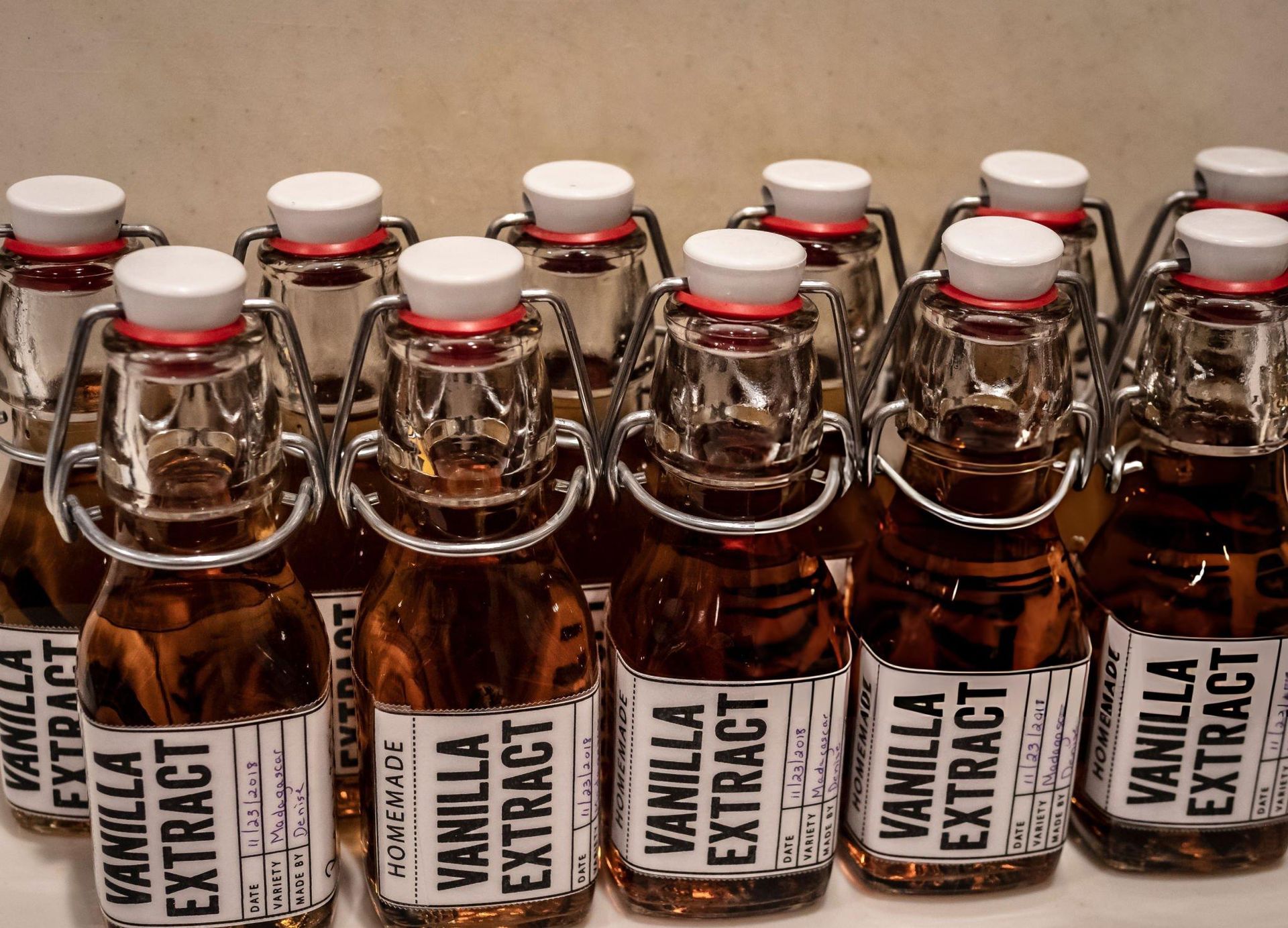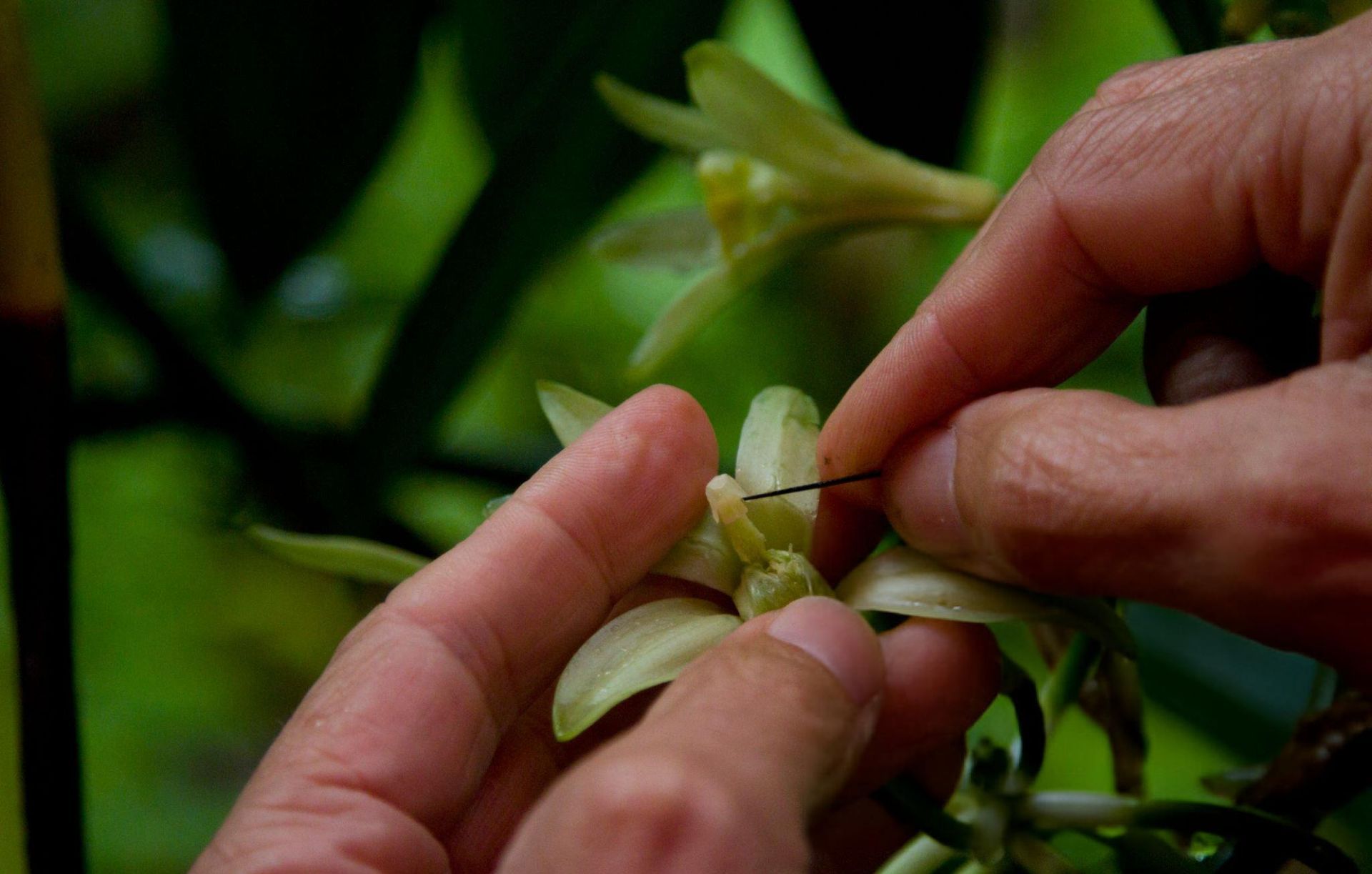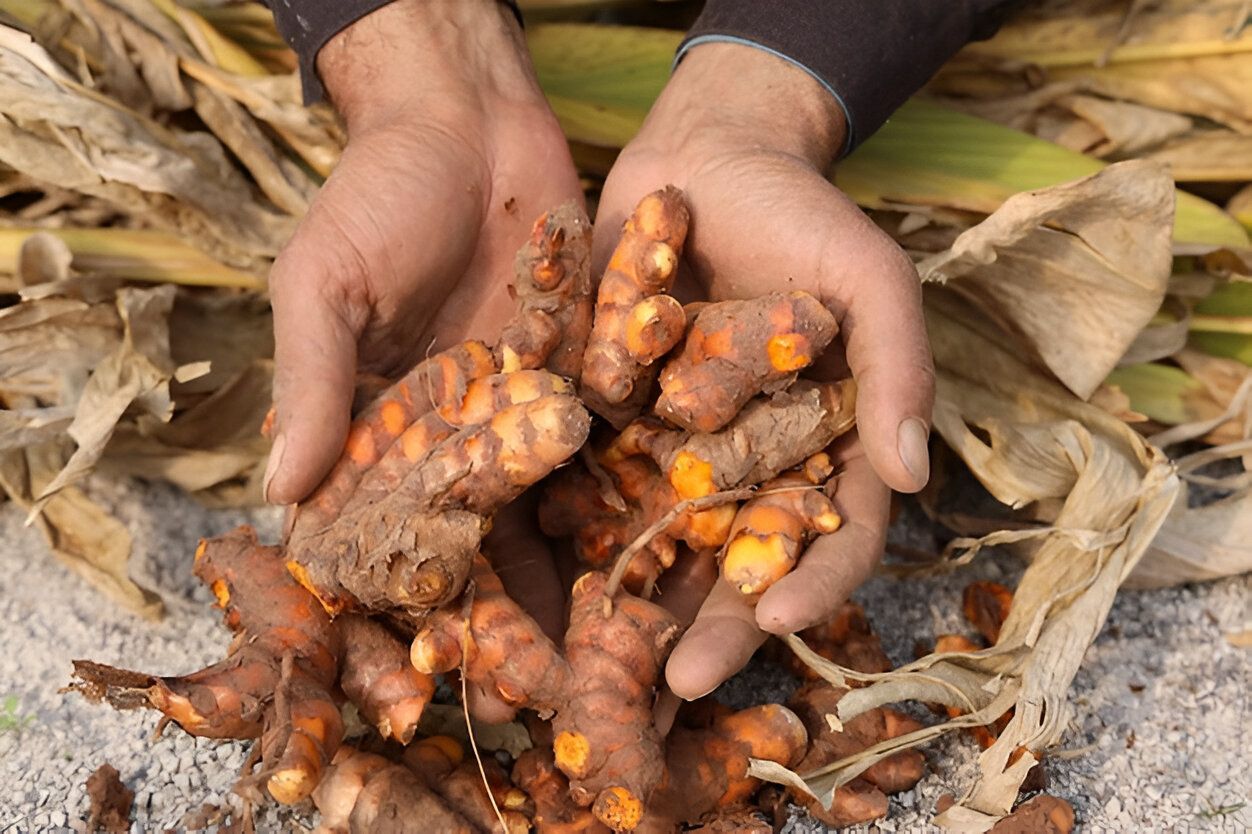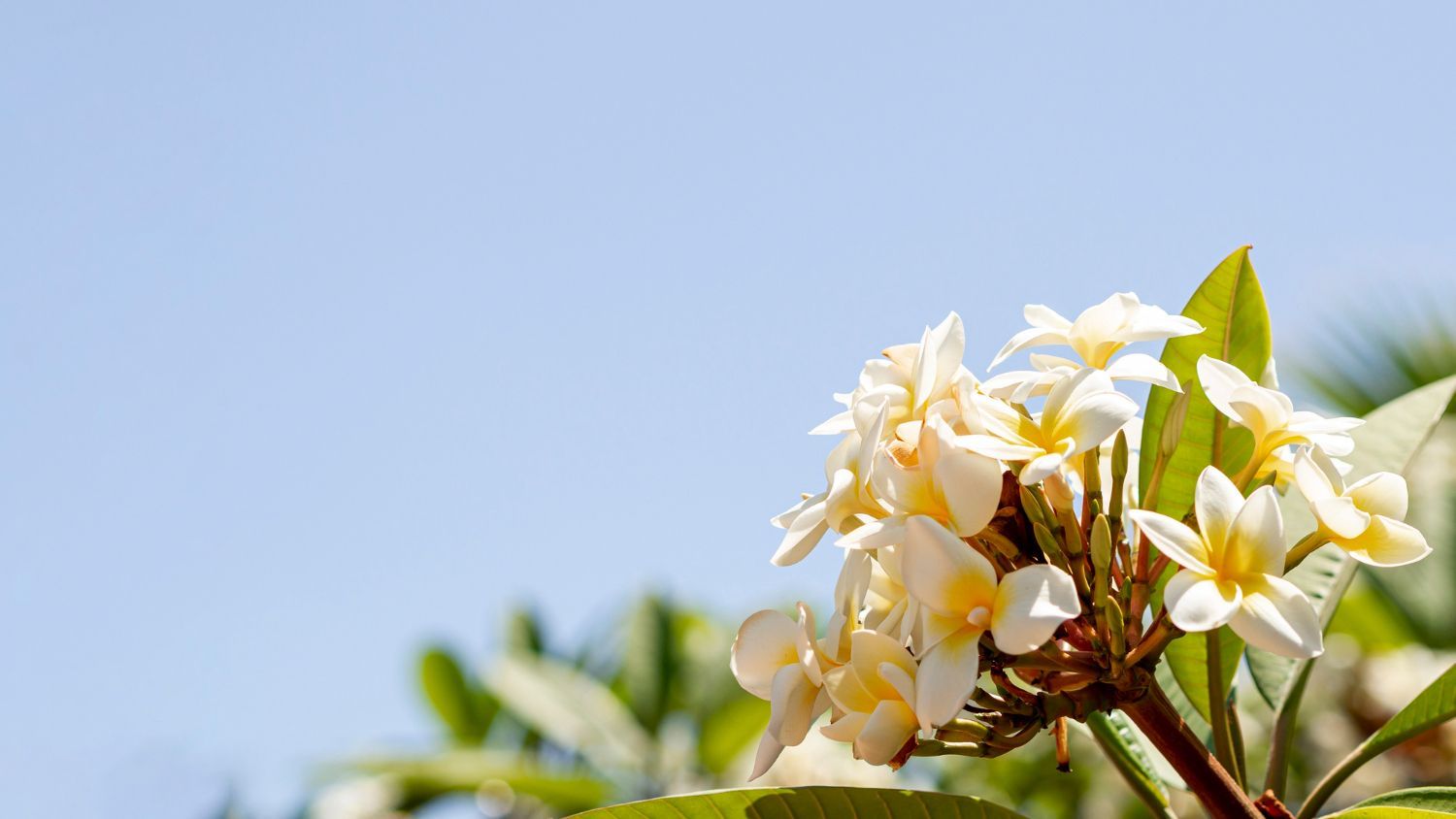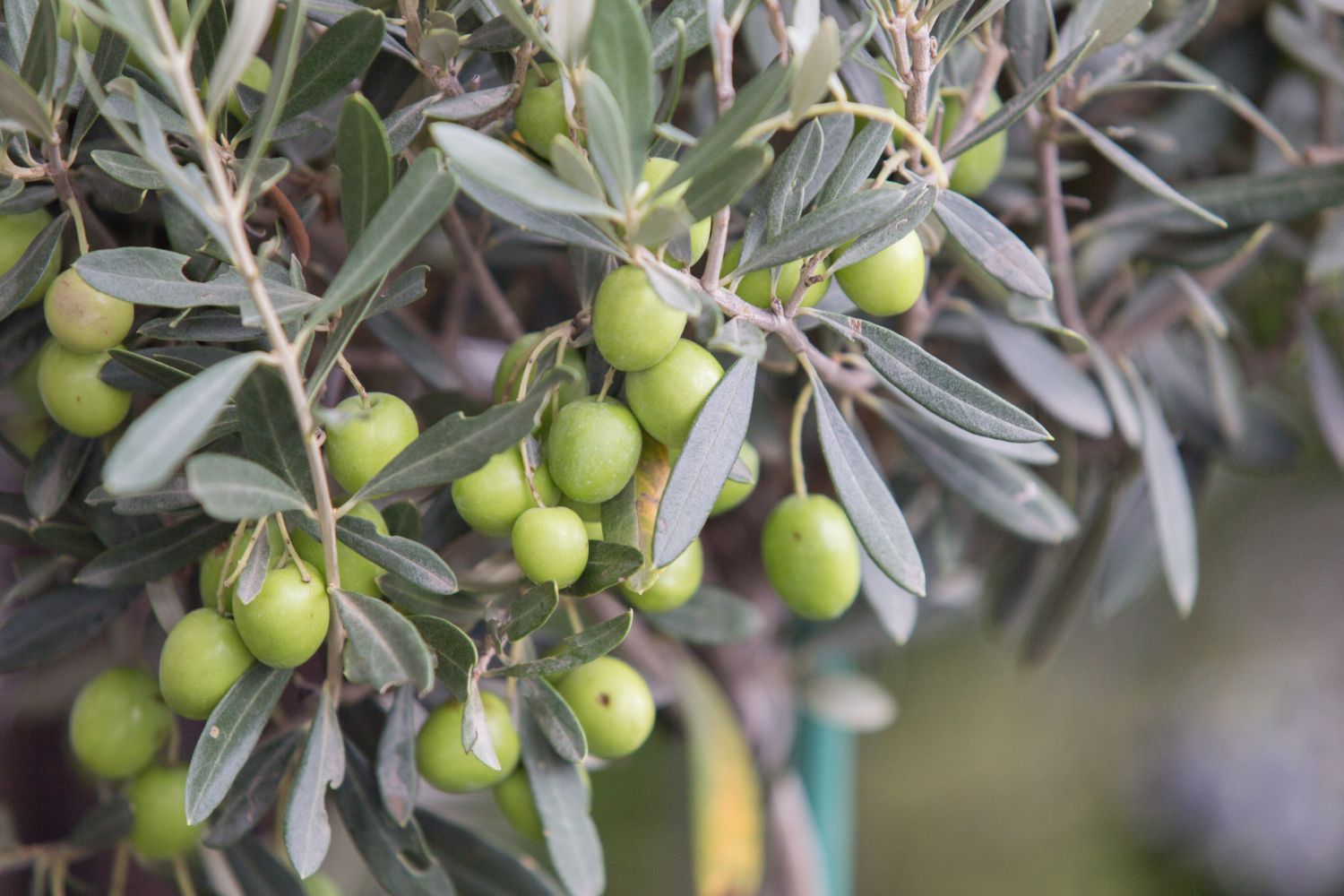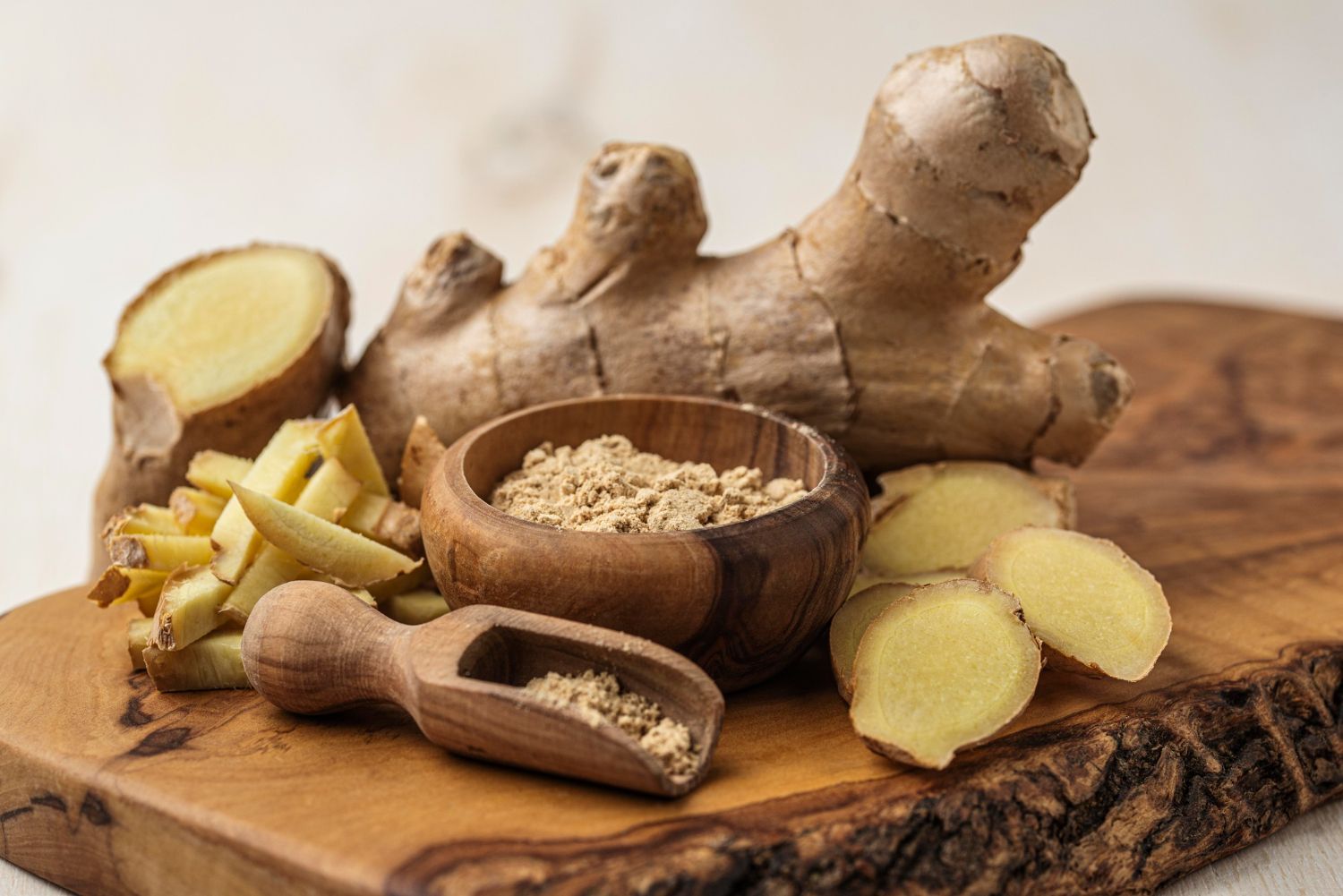Florida's weather is famous for its warmth and unpredictable rain showers, especially in the afternoon. These showers bring both opportunities and challenges for farmers growing vanilla beans in the state. While the rain provides much-needed moisture, it can also lead to problems like waterlogging or disease if not managed properly. It's important to have a game plan to protect your vanilla beans from the effects of these regular downpours.
Understanding how to safeguard your crop helps in maintaining the health of your vanilla plants and ensures a bountiful harvest. Vanilla farmers in Florida must learn how to balance taking advantage of the rain while preventing potential harm to their plants. Preparing adequately for the challenge of frequent showers can make all the difference between a good yield and an outstanding one.
Understanding Florida's Afternoon Showers
Florida's climate brings almost predictable afternoon showers that result from the state’s unique geographical features. Warm air rising from the land meets cooler air from the surrounding waters, leading to the formation of clouds and eventually rain. This weather pattern is most active during the summer months, bringing short yet intense downpours that can be both a blessing and a curse for vanilla bean farmers.
Understanding the weather patterns is crucial for managing your vanilla farm effectively. These showers usually occur between late afternoon and early evening and can vary in intensity from day to day. The timing allows for some level of preparation, as knowing they are likely can help farmers schedule their activities around the weather.
Hence, paying close attention to local weather forecasts can provide a heads-up on rain intensity and potential storms. By closely observing and predicting these patterns, farmers can make timely decisions to protect their vanilla crops.
Preparing Your Vanilla Farm
To protect your vanilla beans from Florida’s afternoon showers, preparation is key. Here are a few steps to get started:
1. Install Proper Drainage Systems:
One of the most effective ways to prevent waterlogging is by creating an efficient drainage system. This ensures that excess rainwater is quickly diverted away from vanilla plants, protecting their delicate root systems. Consider using perforated pipes or drainage ditches to guide water safely away from your crops.
2. Create Raised Beds: Elevating the soil where your vanilla plants grow can also help. Raised beds allow water to drain more naturally, reducing the risk of drowning the roots. They can be a simple solution to manage excess water while still keeping the soil moist and fertile.
3. Use Mulch Strategically:
Mulch doesn’t only help in retaining soil moisture; it also protects the soil surface from erosion caused by heavy rains. Applying a layer of organic mulch can stabilize the ground and keep your vanilla plants healthy.
4. Plan Planting Locations:
Think strategically about where you plant vanilla beans. Choose spots with good air circulation and sunlight exposure to combat humidity and prevent fungal diseases.
By taking these proactive measures, you can shield your vanilla beans from the often unpredictable weather in Florida, setting them up for success throughout their growing season.
Using Protective Covers
Once you have set up your farm with solid drainage and thoughtful plant locations, consider adding a protective cover. Different types of covers can shield vanilla beans from heavy rainfall. Shade cloths, for example, are a practical choice for creating a barrier against rain and reducing the direct impact on your plants. They are easy to install and can be adjusted as needed to adapt to varying weather conditions.
Temporary covers like plastic tarps or sheeting can also be effective during particularly wet periods. They work well to divert rainwater away from the base of the plants. When setting up these covers, ensure they are securely fastened to withstand strong winds that often accompany Florida's afternoon showers.
The benefits of using covers extend beyond just rain protection. They can also help to moderate temperature and humidity levels, creating a more consistent environment for your vanilla beans. This added layer of protection can significantly reduce the risk of weather-related damage, allowing your plants to thrive even during turbulent weather.
Enhancing Soil Quality and Health
Maintaining soil health is a vital part of growing healthy vanilla beans. Well-drained soil is crucial, as it helps prevent root rot and other water-related issues. One straightforward way to improve soil drainage is by incorporating organic matter like compost or aged manure. This not only enhances the soil structure but also enriches it with nutrients that promote robust plant growth. Adding mulch is another effective strategy.
Mulch helps in holding moisture and regulating the soil temperature, which is particularly useful during Florida's hot and rainy summers. It also protects the soil surface from erosion caused by heavy showers. As an added bonus, mulch can suppress weeds, reducing competition for nutrients and moisture. Regular soil tests can guide you in maintaining the right pH balance and nutrient levels. Healthy soil leads to strong plants better equipped to handle environmental stress, ensuring your vanilla beans have a strong foundation to flourish.
Daily Plant Care During Rainy Season
Caring for vanilla beans during the rainy season involves a bit more attention. Regularly inspect your plants for signs of water stress like yellowing leaves or drooping stems. Adjust your watering schedule—sometimes rains provide more than enough moisture, so be sure not to overwater. Keeping an eye on fungal infections is also critical.
High humidity after rain showers can create an ideal environment for fungi. Remove any affected leaves promptly and consider using organic fungicides if necessary. Check under leaves and around stems where pests might hide, especially after rain, as these spots can become hotspots for trouble.
Keeping Your Vanilla Beans Safe and Healthy
Being proactive with plant care is key to nurturing a successful vanilla crop during Florida’s rainy months. Regularly scheduled inspections can help you catch any issues early, whether it’s spotting a pest infestation or clearing debris from drains. Tending to these little details makes a big difference in keeping plants strong and productive.
Weather conditions can change rapidly, but staying flexible and prepared ensures your efforts and hard work are rewarded with healthy vanilla beans. Keep up with maintenance schedules, and your vanilla farm can thrive no matter what the weather brings.
Safeguarding Your Vanilla Plant Investment
Taking these protective steps helps during Florida’s rainy seasons and ensures the ongoing health and productivity of your vanilla plants year-round. Keeping your farm in good shape, from drainage to daily plant care, builds resilience against unpredictable weather.
In the end, by customizing practices to suit the unique challenges and advantages of Florida’s climate, vanilla growers set themselves up for long-term success. By investing thought and care into each facet of farm management, you can ensure a fruitful harvest season after season.
Ready to
grow vanilla beans in Florida? Sunshine State Vanilla offers top-quality Vanilla Planifolia plants that thrive in the unique conditions of the Sunshine State. Whether you're setting up your garden or expanding your operation, we have just what you need to cultivate a successful vanilla crop.

